Are you considering bringing a slithering friend into your home, but can’t decide between a ball python and a corn snake? It’s a tough choice! Both of these fascinating reptiles have their own unique charm and characteristics that make them popular among snake enthusiasts. But which one truly makes the nicer pet? Let’s dive into the world of these scaled companions and find out.
Understanding Their Natural Habitats
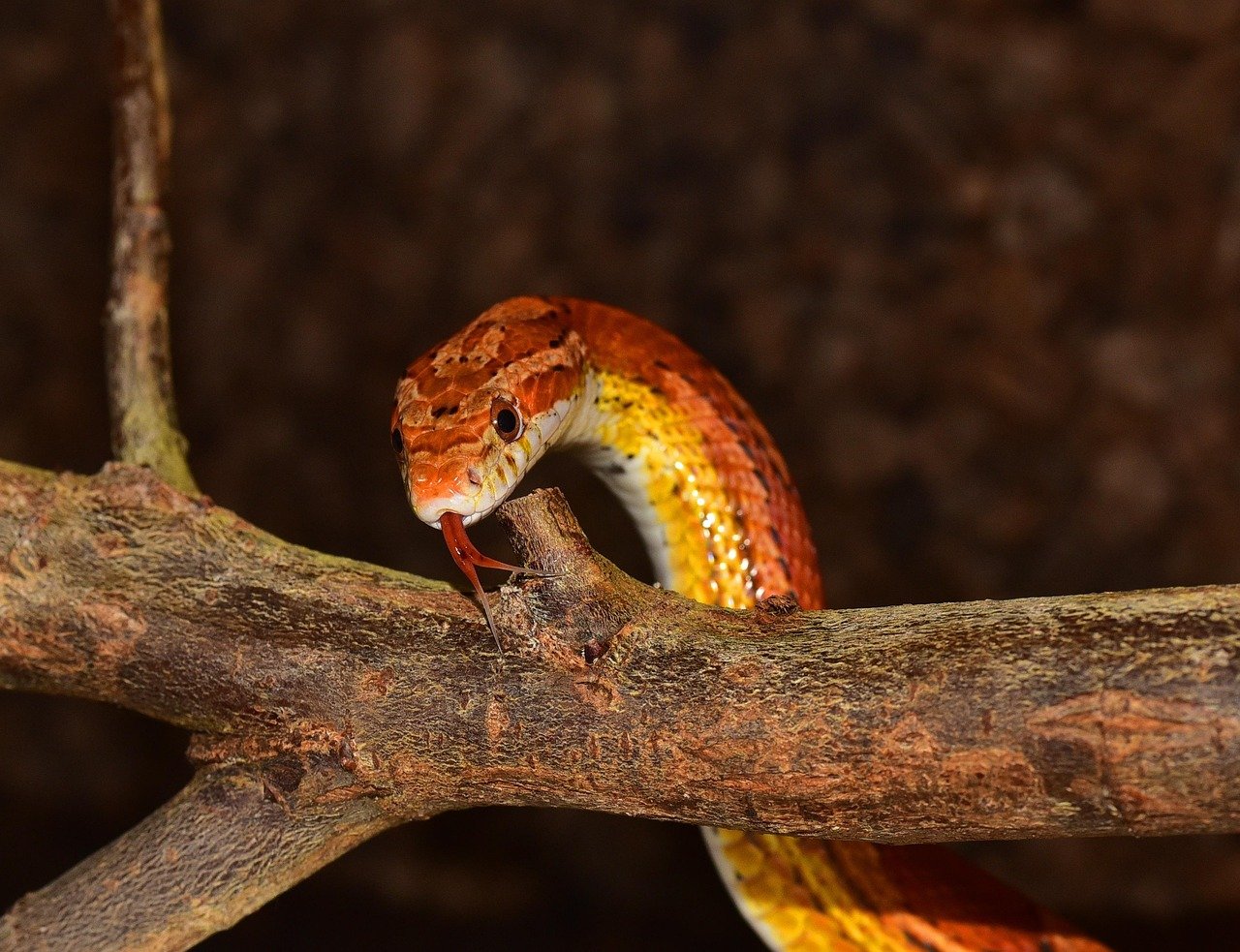
If you’re thinking about bringing a snake into your life, two beginner-friendly species often top the list: the ball python and the corn snake. Both are popular for good reason—they’re relatively low-maintenance, non-venomous, and known for their calm temperaments. But which one is the better fit for your lifestyle? From handling ease and habitat needs to personality and appearance, each has its own unique charm.
First, let’s talk about where these snakes come from. Ball pythons hail from the grasslands and open forests of Central and West Africa. They thrive in warm, humid environments, which is something to keep in mind when setting up their habitat. On the other hand, corn snakes are native to the southeastern United States, often found in overgrown fields and forest clearings. They are more adaptable to varying temperatures and humidity levels. This makes corn snakes slightly more forgiving when it comes to habitat requirements, which could be a deciding factor for beginners.
Temperament and Handling

When it comes to temperament, both snakes are generally considered docile and easy to handle. Ball pythons are known for their calm demeanor and tendency to curl into a ball when they feel threatened, rather than striking. This can be comforting for new snake owners. Corn snakes, however, are a bit more active and curious. They tend to explore their surroundings and can be more interactive. This can be delightful for those who enjoy watching their pet snake slither around and engage with their environment.
Size and Growth

Size is another important consideration. Ball pythons typically grow to be about three to five feet long, with females often being larger than males. They are more robust and have a thicker body compared to corn snakes. Corn snakes, meanwhile, are slender and can reach lengths of four to six feet. Their manageable size makes them suitable for most home environments, and they don’t require as large of an enclosure as some other snake species.
Feeding Habits
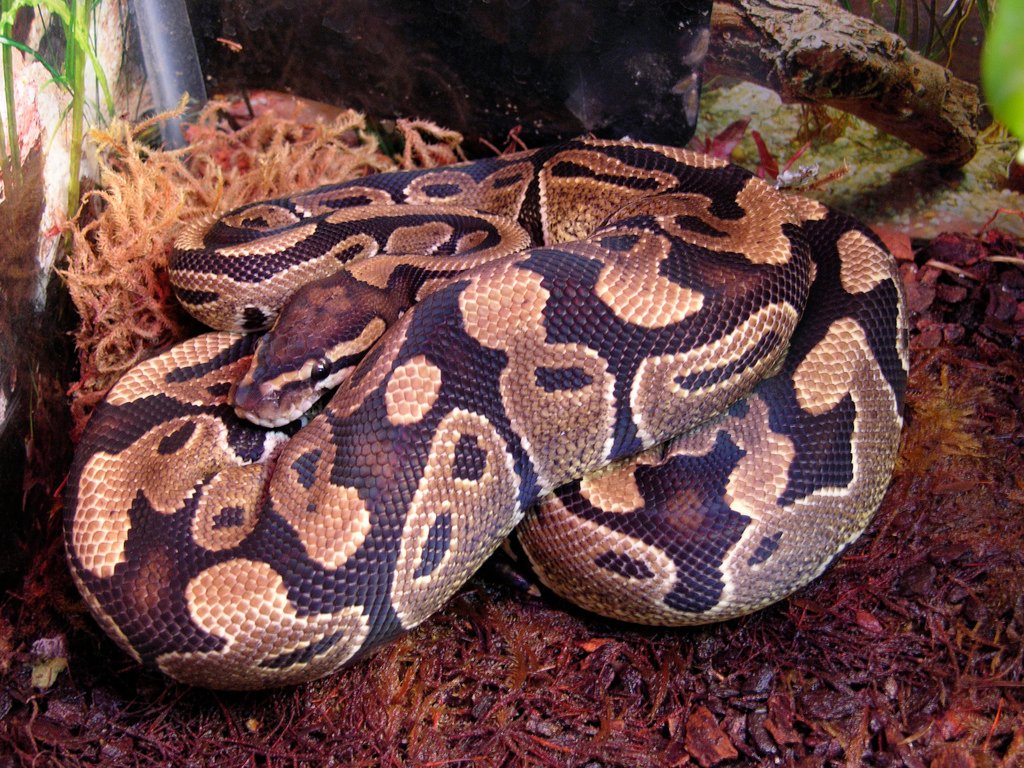
Feeding your snake is an essential part of their care, and understanding their dietary needs is crucial. Ball pythons primarily eat rodents and have a reputation for being picky eaters at times. They may refuse food if they’re stressed or not feeling well. Corn snakes have a similar diet but are generally less fussy. They are known for their voracious appetite and will readily accept a variety of prey, making meal times less of a challenge.
Enclosure and Environment
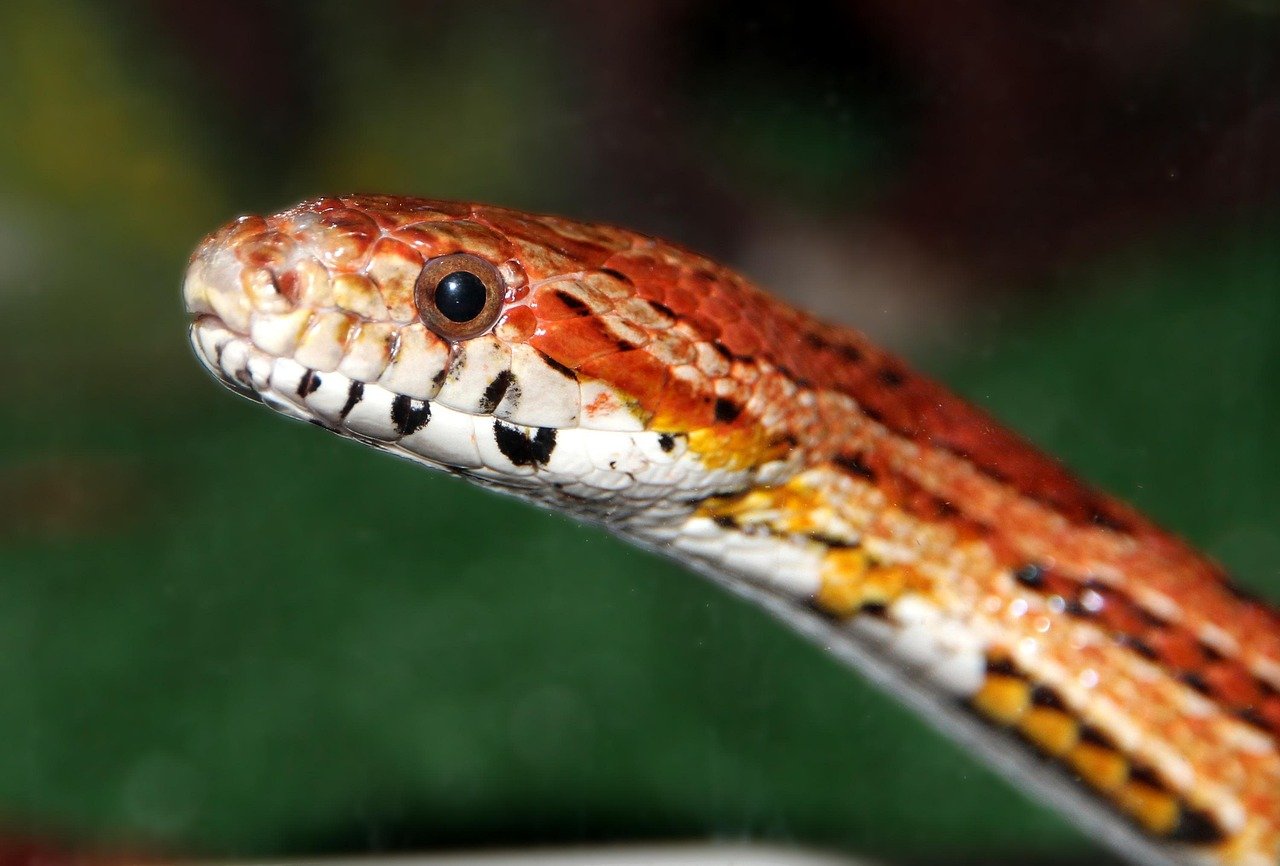
Creating the right environment for your snake is key to their health and happiness. Ball pythons require a warm, humid enclosure with plenty of hiding spots. They prefer temperatures between 75-80°F during the day and slightly cooler at night. Corn snakes, on the other hand, are more adaptable and can thrive in a range of temperatures. They also enjoy having places to hide and explore, but their humidity requirements are less stringent. This flexibility can make corn snakes an easier choice for those new to reptile care.
Health and Lifespan

Both ball pythons and corn snakes are known for their longevity, with proper care allowing them to live for 20 years or more. Ball pythons can be prone to respiratory infections if their environment is too cold or damp. Corn snakes are generally hardy, but like all pets, they can suffer from health issues if not properly cared for. Regular vet check-ups and a well-maintained habitat can help ensure your snake lives a long, healthy life.
Breeding and Reproduction
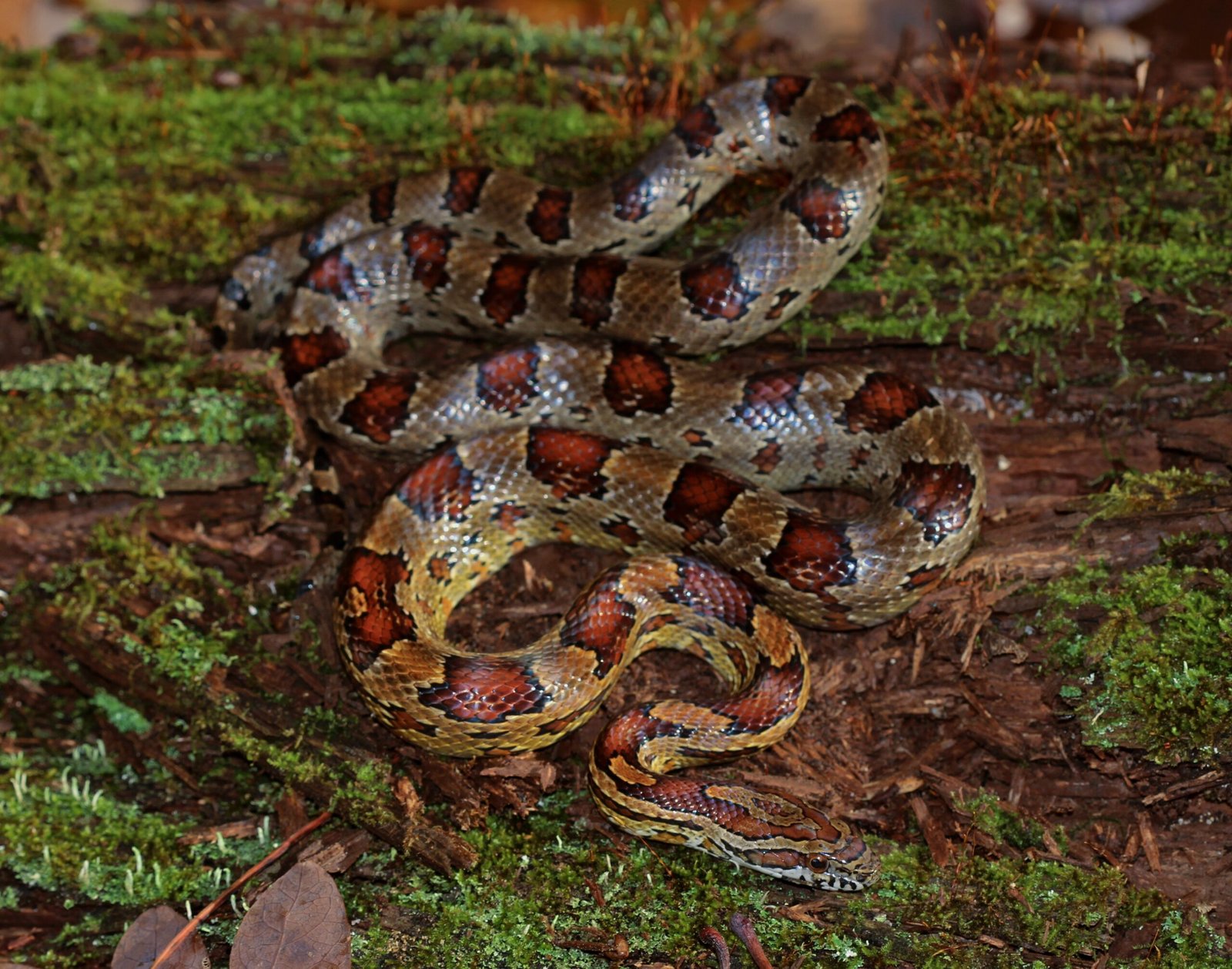
For those interested in breeding, both species offer unique opportunities. Ball pythons have become popular in the reptile trade due to their various morphs and color patterns. Breeding them can be a rewarding experience for enthusiasts. Corn snakes also come in a wide array of colors and patterns, and they are known for being relatively easy to breed. Their eggs require specific incubation conditions, but the process can be fascinating for those interested in reptile genetics.
Cost and Availability

When it comes to cost, both ball pythons and corn snakes are relatively affordable. Prices can vary depending on the snake’s age, color, and pattern. Corn snakes are often less expensive and are widely available in pet stores and from breeders. Ball pythons can be more costly, especially if you’re looking for a specific morph. However, both species are popular, so finding one to suit your budget and preferences shouldn’t be too difficult.
Interaction and Bonding
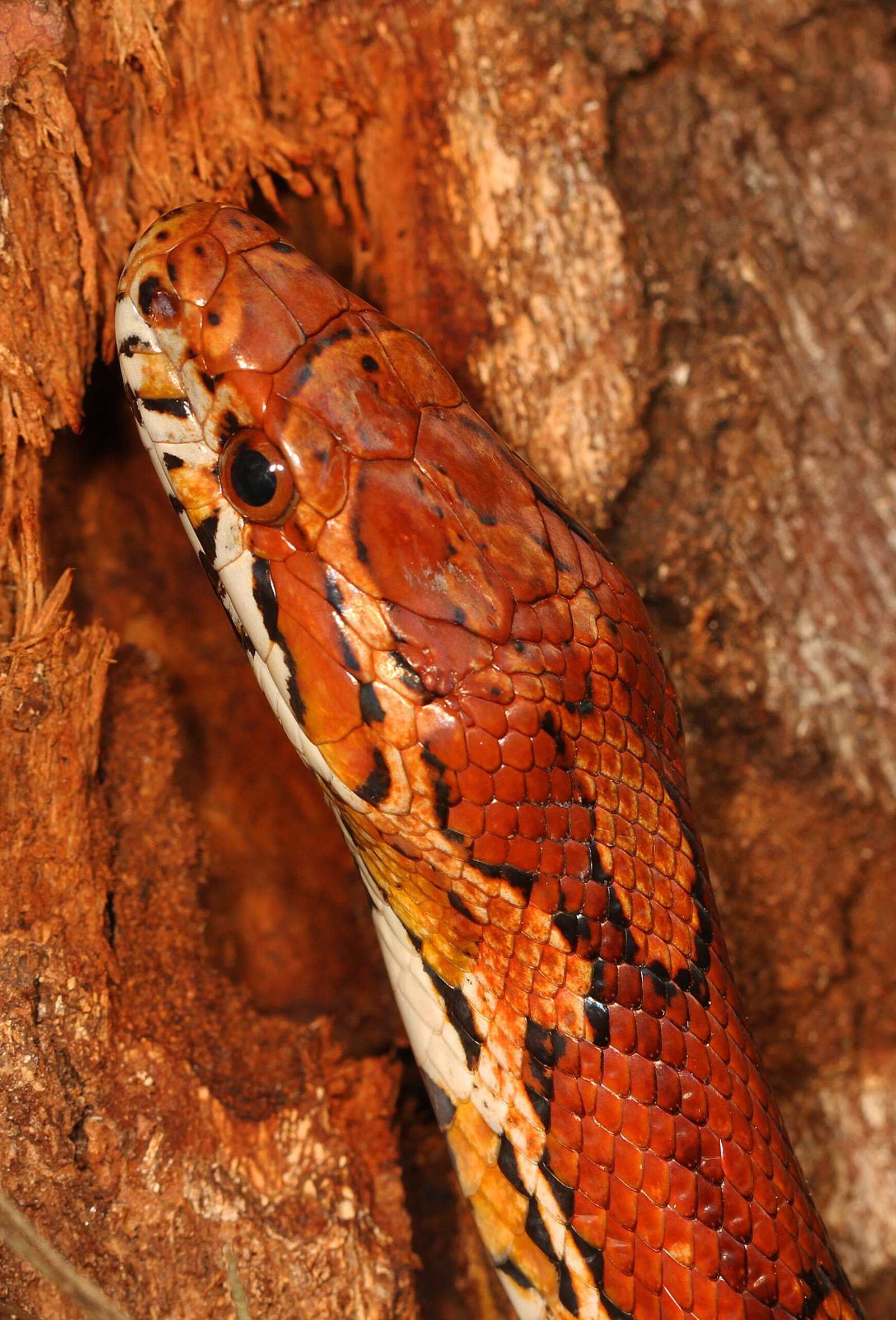
Building a bond with your snake may sound unusual, but it’s entirely possible. Ball pythons, with their calm nature, can become accustomed to regular handling and may even recognize their owner’s scent. Corn snakes, being more active, can also become familiar with their handlers and may show curiosity during interactions. Though they won’t cuddle like a cat or dog, these reptiles can still offer a unique companionship.
Which Snake is Right for You?
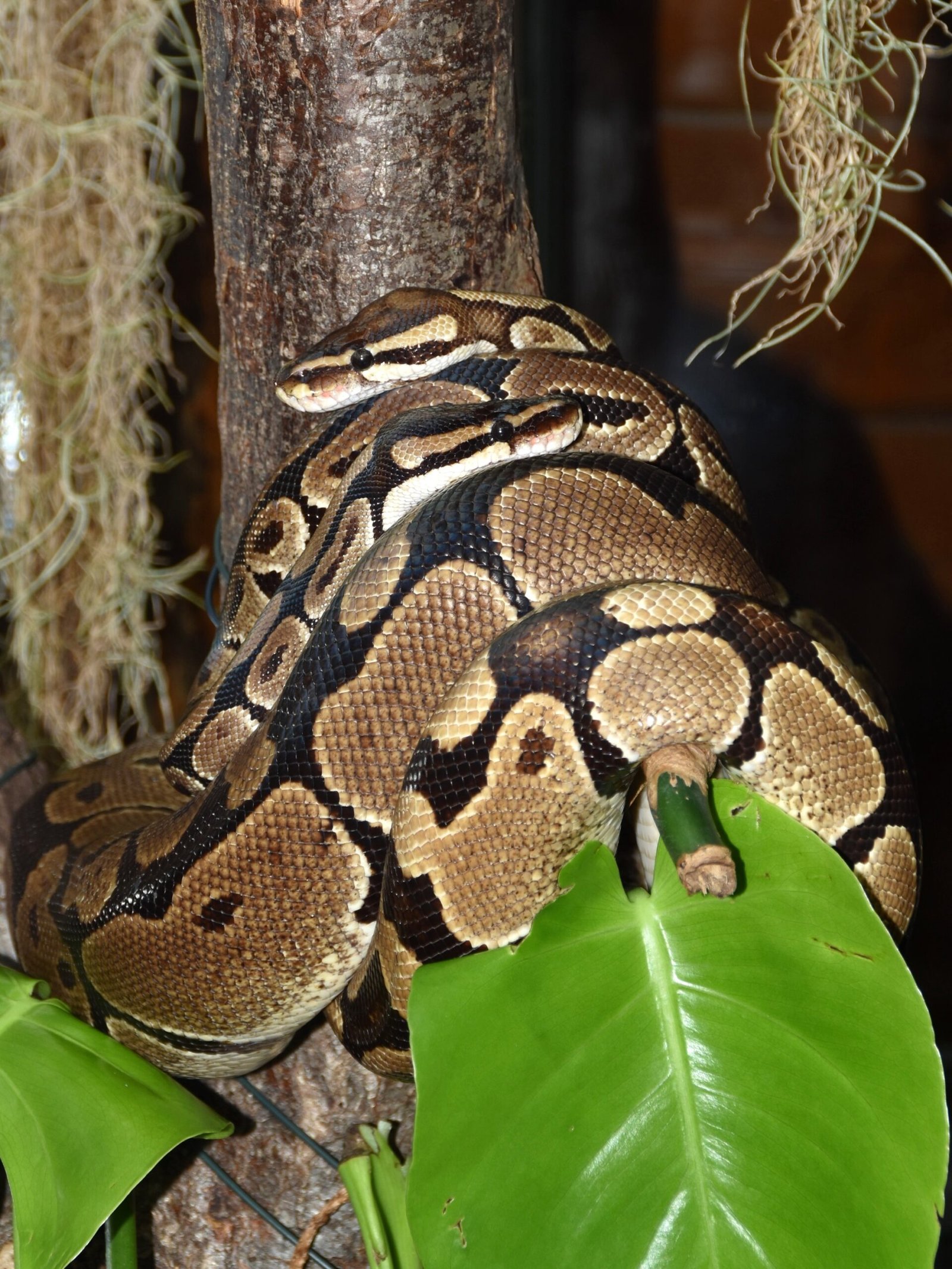
Ultimately, the decision between a ball python and a corn snake comes down to personal preference and lifestyle. If you’re looking for a calm, easy-going pet that requires a bit more attention to environmental details, a ball python might be the perfect match. If you prefer an active, adaptable snake that’s easier to care for, a corn snake could be your ideal companion. Both snakes offer the joy of reptile ownership, each with their own special qualities. So, which one will you choose?
Jen is a passionate nature lover and ocean conservationist. She has dedicated her life to protecting the environment and preserving the beauty of the natural world. Growing up in a small coastal town, Jen sincerely appreciated the ocean and its inhabitants. She has spent countless hours exploring the shoreline, learning about the creatures that inhabit the waters, and advocating for their protection. Jen is an active member of ocean conservation organizations, and she is committed to educating the public about the importance of conserving wildlife and the natural environment.






